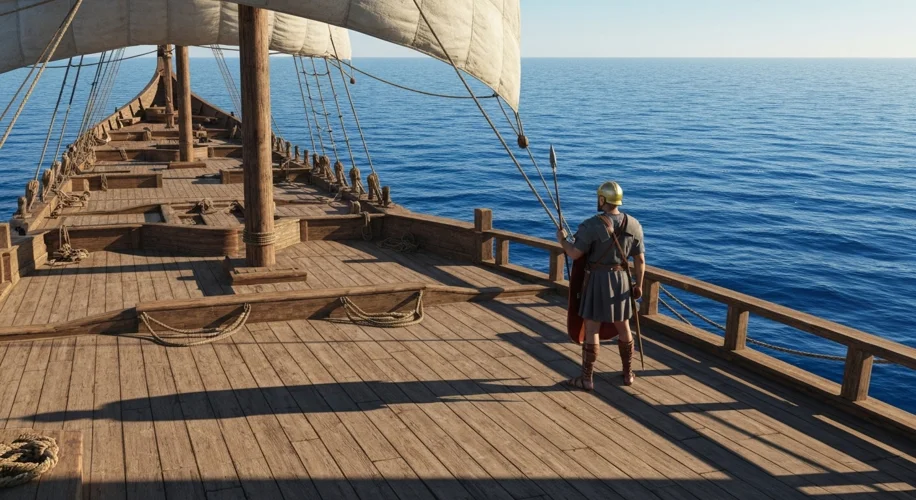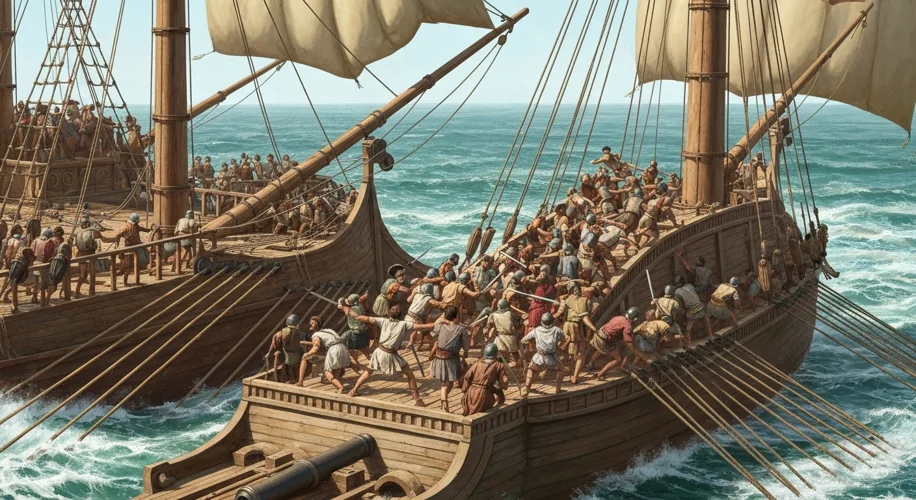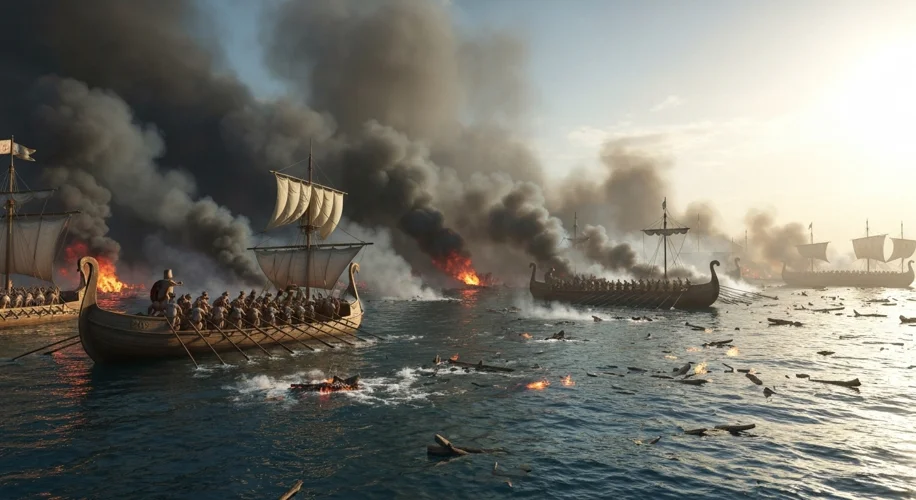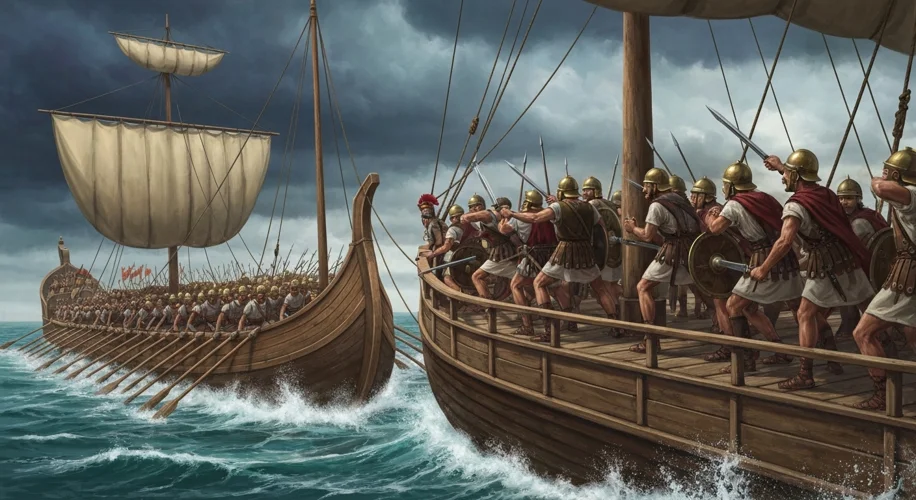Picture this: the year is 264 BCE. The Mediterranean Sea, a vibrant highway of trade and culture, is largely dominated by two colossal powers. To the west, the ancient city of Carthage, a Phoenician marvel of commerce and naval might, commands vast territories and a formidable fleet. To the east, a relentless Republic named Rome is steadily expanding its influence, a land-based power with an insatiable appetite for control.
For decades, their spheres of influence had remained largely separate, a delicate balance maintained by mutual respect and, perhaps, a touch of apprehension. But then, a spark ignited in the fertile lands of Sicily, an island strategically perched between their domains. Mamertines, a band of mercenary soldiers, found themselves in a precarious situation, caught between the Greek cities of Syracuse and the rising might of Carthage. Desperate, they appealed to Rome for aid.
Rome, ever vigilant for opportunities to expand its power and secure its borders, saw this as both a threat and a chance. Carthage, already deeply entrenched in Sicily, viewed Roman intervention as an unacceptable encroachment. Little did they know, this seemingly localized dispute would erupt into a cataclysmic struggle, the First Punic War, a conflict that would redefine the Mediterranean and forge Rome into a naval superpower.
The clash over Sicily was not merely a territorial dispute; it was a clash of cultures and ideologies. Carthage, with its centuries-old maritime tradition, was a city of merchants and sailors, its wealth built upon the waves. Rome, a formidable military machine forged in the crucible of Italian warfare, was a society of citizen-soldiers, their strength rooted in disciplined legions and unwavering loyalty.

When the first Roman ships sailed towards Sicily, they were, by Carthaginian standards, amateurs. Roman sailors were accustomed to the gentle shores of Italy, not the vast, unpredictable expanse of the open sea. Their initial naval encounters were disastrous, with Carthaginian vessels, honed by generations of seafaring, easily outmaneuvering and overwhelming the Roman fleet. The Carthaginians, led by skilled admirals like Hanno the Great, must have viewed the Romans with a mixture of contempt and amusement.
However, the Romans possessed an extraordinary capacity for adaptation and innovation. Faced with their naval deficiencies, they did not despair. Instead, they looked at the enemy’s strengths and decided to replicate them, albeit with Roman ingenuity. Legend has it that a Carthaginian warship ran aground on the Roman coast, providing the Romans with a blueprint. They reverse-engineered it, and within a remarkably short period, built a fleet of over 100 ships, including the formidable quinquereme, a galley designed for ramming and boarding.
But building ships was only half the battle. Roman soldiers, masters of close-quarters combat on land, were less adept at fighting on the rolling decks of ships. To overcome this, the Romans developed a brilliant, brutal innovation: the corvus. This was a boarding bridge, a heavy wooden plank with a spike on the underside, that could be dropped onto an enemy ship. Once the corvus was secured, Roman legionaries, clad in their heavy armor, would storm across, turning the naval battle into a familiar land engagement. The element of surprise and the sheer ferocity of the Roman charge often proved devastatingly effective.

The war raged for over two decades, a grueling test of endurance and resources for both powers. Battles were fought not only in the waters surrounding Sicily but also along its coastlines. Figures like Hamilcar Barca, father of the legendary Hannibal, emerged as brilliant Carthaginian commanders, inflicting heavy losses on the Romans. Yet, Rome’s unwavering resolve and its ability to replenish its fleets and armies, drawing on its vast manpower reserves, proved crucial.
The turning point came in 241 BCE with the Battle of the Aegates Islands. The Roman consul Gaius Lutatius Catulus, commanding a newly constructed fleet, decisively defeated the Carthaginian navy. This crushing blow left Carthage unable to resupply its forces in Sicily and unable to defend its interests. The war was over.

The consequences of the First Punic War were monumental. Rome, a landlocked republic, had become a major naval power. Carthage was forced to cede Sicily, pay a hefty indemnity, and relinquish its claim to the island. While Carthage would rise again, weakened but not broken, this war marked the beginning of Rome’s relentless march towards Mediterranean dominance. It was a conflict that tested Rome to its limits, forcing it to adapt, innovate, and ultimately, to conquer the seas. The echoes of those naval battles, the clash of oars, the cries of soldiers, and the innovative spirit of a rising power, continue to resonate through history, a testament to Rome’s indomitable will.

